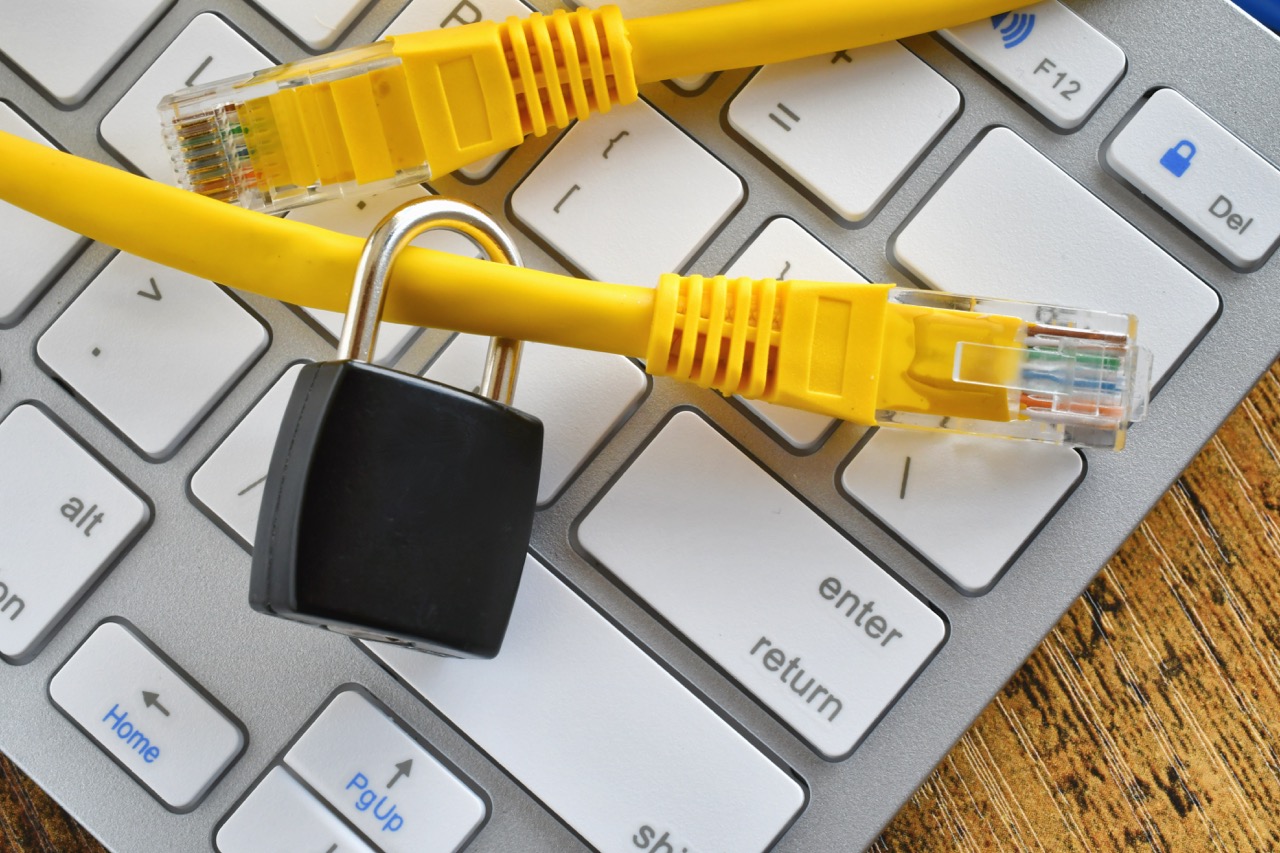In today’s digitally connected world, accessing the internet through public Wi-Fi networks has become a common practice. However, the convenience of these networks comes with notable risks, including data interception and unauthorized access to personal information. To mitigate these threats, utilizing proxies can significantly enhance your security. This article explores how to effectively use proxies to protect your online activities while connected to public Wi-Fi, covering their definition, types, configuration, and best practices for safe internet usage.
Understanding Proxies: Enhancing Security on Public Networks
Proxies serve as intermediaries between your device and the internet, routing your requests through a separate server before reaching the desired destination. This process masks your IP address, making it more challenging for malicious actors to trace your online activities back to your device. By obfuscating your IP address, proxies provide an additional layer of anonymity and help to safeguard sensitive information such as login credentials and personal data.
When using public Wi-Fi, your data is often susceptible to eavesdropping by hackers who may exploit unsecured networks. Proxies can encrypt your internet traffic, transforming it into a format that is more difficult for unauthorized users to decipher. This encryption ensures that even if someone intercepts your data, they cannot easily access or utilize it. Thus, incorporating proxies into your public Wi-Fi usage strategy is essential for maintaining privacy and security.
Moreover, proxies can help you bypass geographical restrictions by allowing you to connect to servers in different countries. This feature is particularly useful when accessing region-locked content or circumventing censorship in certain areas. Understanding the dual role that proxies play in both enhancing security and expanding access is crucial for anyone looking to navigate public networks safely.
Types of Proxies: Choosing the Right One for Your Needs
There are various types of proxies available, each designed to cater to specific user requirements and security levels. One of the most common types is the HTTP proxy, which is ideal for web browsing. It works by handling standard web traffic and is widely used for general purposes. However, while HTTP proxies can mask your IP address, they do not encrypt your data, making them less secure for sensitive transactions.
For those requiring a higher level of security, HTTPS proxies are preferable. They provide an encrypted connection, which ensures that all data transmitted between your device and the proxy server is secure from potential interception. This added layer of encryption is vital when dealing with sensitive information, such as online banking or entering personal details on websites.
Another option is the SOCKS proxy, which operates at a lower level and can handle any type of traffic, not just web traffic. This flexibility makes SOCKS proxies suitable for a wider range of applications, including email and P2P sharing. However, they may not offer the same level of speed as other proxy types. When choosing a proxy, consider your specific needs regarding speed, security, and the types of activities you intend to perform online.
Configuring Proxies: Step-by-Step Setup for Optimal Use
To begin using a proxy, select a reliable proxy service that aligns with your security needs and budget. Once you have chosen a service, you will typically need to create an account and obtain the proxy server address and port number. Make sure to choose a service that emphasizes security and has a good reputation for maintaining user privacy.
Next, you will need to configure your device to utilize the proxy. On Windows, navigate to the settings menu, then to "Network & Internet," and select "Proxy." Here, you can input the proxy server address and port number provided by your proxy service. On macOS, go to "System Preferences," select "Network," choose your active connection, and then click on "Advanced" to enter the proxy settings.
For mobile devices, the process is similar. On Android, go to "Settings," select "Network & internet," click on "Wi-Fi," and then tap on the network you are connected to. From there, you can modify the network settings to include the proxy information. On iOS, go to "Settings," select "Wi-Fi," tap the information icon next to your connected network, and input the proxy details. Following these steps will ensure that all your internet traffic is routed through the proxy, enhancing your security on public Wi-Fi networks.
Best Practices: Maximizing Safety While Using Public Wi-Fi
While using proxies can significantly enhance your online security, adopting a few best practices is essential for maximizing safety on public Wi-Fi networks. First, always connect to a reputable VPN service in conjunction with a proxy. A VPN encrypts your entire internet connection, providing an additional layer of security that cannot be achieved with a proxy alone. This combination is especially useful when dealing with sensitive tasks, such as online banking or accessing confidential work documents.
Second, be cautious about the information you share over public networks. Even with proxies and VPNs, avoid logging into sensitive accounts or entering personal information unless absolutely necessary. If you must perform these actions, ensure that the websites you use implement HTTPS encryption, as indicated by a padlock icon in the address bar. This extra measure helps to further secure your data.
Finally, regularly update your software and applications to protect against vulnerabilities. Cybercriminals often exploit outdated systems to gain unauthorized access. Keeping your operating system, antivirus software, and applications up to date will help safeguard your device against the latest threats. By combining the use of proxies with these best practices, you can significantly reduce your risk when using public Wi-Fi.
Using proxies for safer public Wi-Fi connections is an effective strategy to enhance your online security and privacy. By understanding what proxies are, exploring the types available, and configuring them correctly, you can protect your sensitive information while enjoying the convenience of public networks. Additionally, adhering to best practices will further fortify your defenses, allowing you to navigate the digital landscape with greater confidence. With these tools and techniques at your disposal, you can enjoy the benefits of public Wi-Fi without compromising your security.










